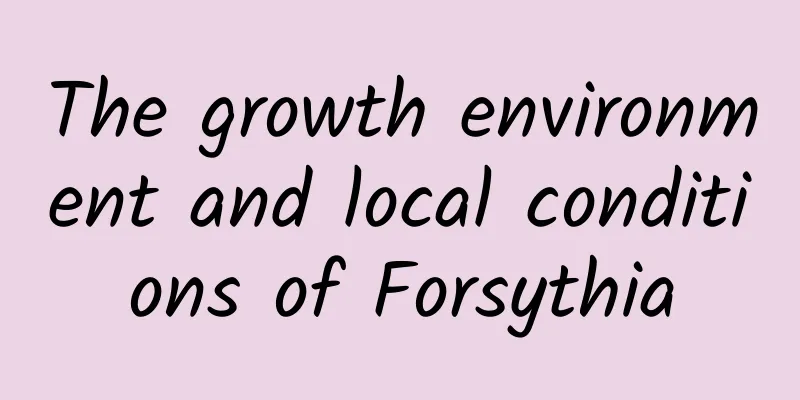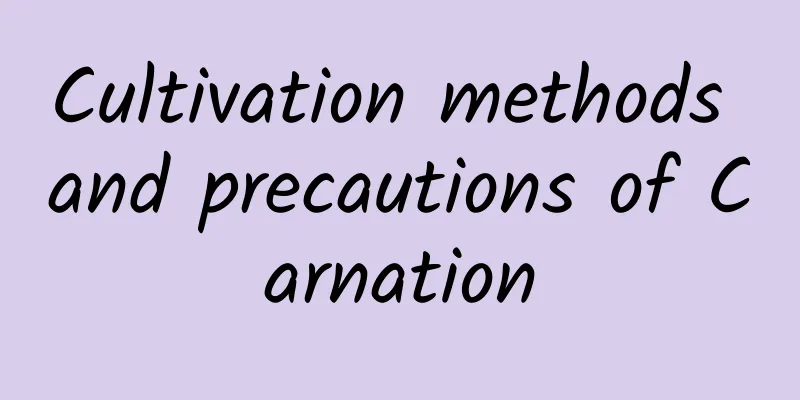Cockscomb, a common flower in rural areas, is actually so useful

Medicinal value of cockscombNourishing and strengthening the bodyThe tender stems, leaves and seeds of cockscomb have a high protein content, accounting for 2.29%~5.14% of the fresh weight. They also contain a certain amount of fat, minerals, vitamins, natural coenzymes, dietary fiber, etc., which have a good nourishing and strengthening effect on the human body. Treat hemorrhoidsAs the saying goes: Nine out of ten people suffer from hemorrhoids. Traditional Chinese medicine believes that bleeding is blood stasis. If people sit for a long time, blood will accumulate in the anus and form blood stasis. As a result, blood circulation is poor and hemorrhoids rupture and bleed. Method: 50 grams of cockscomb and 50 grams of Imperata root. Boil the water and let it sit in a basin for twenty minutes. Once or twice daily. Treat diarrheaMethod: Use 2 taels of cockscomb, 3 slices of ginger, 2 tablespoons of brown sugar, add 250 ml of water and boil until it becomes about 200 ml. Divide into two doses. How to Care for CelosiasoilIt likes fertile, loose, well-drained sandy loam and avoids sticky and wet soil. It grows poorly in poor soil and the inflorescence becomes smaller. illuminationIt likes fertilizer and sufficient sunlight, and should be exposed to at least 8 hours of sunlight per day during the growing season. It is a relatively short-day plant, that is, short days promote flowering, and long days delay flowering. When the day length is greater than 16 hours, there will be more flowering leaves and the upper part will be flat. MoistureIt likes a dry climate and is relatively drought-resistant. It needs to be supplied with sufficient water during the growth period. Excessive dryness often leads to premature flowering and poor growth. Cockscomb is not tolerant to rain and waterlogging. If the drainage is poor, it will cause root rot and is very prone to fungal diseases. temperatureIt is not resistant to low temperatures and prefers warm climates. The temperature during the seedling stage should be around 25℃ during the day and around 20℃ at night. After planting, the temperature should be lowered to 25℃ to 30℃ during the day and 15℃ to 20℃ at night. FertilizationCockscomb is a flower that likes fertilizer. After planting, apply fertilizer to the leaves every 7 to 10 days, and apply thin liquid fertilizer every 10 days after the flower buds form. Cockscomb is an excellent ornamental flower that can be used as both medicine and food. As long as we understand some of its functions and effects, we can make good use of it. However, the editor would like to remind everyone that although cockscomb is good, it should not be taken in excess to avoid adverse symptoms, which may be harmful to your physical and mental health. |
<<: Plant a pot of onions at home, they are delicious and can prevent colds
>>: What are the benefits of growing hanging bamboo plum at home
Recommend
The main value of Dendrobium officinale
Medical value This is the most important function...
What are the functions of cinnabar root (wealth seeds)
The ornamental effect of cinnabar root The orname...
How often should I water the camellia? How long should I wait before watering?
How often should you water your camellia? Camelli...
How to cut branches of Kalanchoe
How to plant longevity flowers 1. Time for cuttin...
How to cultivate the fortune tree
1. Sunlight The money tree grows best in a warm e...
Can perilla be hydroponically cultivated? Hydroponics methods and precautions
Can perilla be grown hydroponically? Perilla can ...
Centipede breeding technology
Centipede is an arthropod , also known as centipe...
The benefits of lemon slices soaked in water, how to make lemon water
1. The effect of soaking in water 1. Beauty and s...
How to distinguish American dianthus from Chinese dianthus
Introduction to Chinese Dianthus and American Dia...
How to pollinate Isuzu jade
Pollination of Isuzu Jade: Selecting Plants Befor...
Violet flower language, violet pictures
1. Flower Language Violet is a very beautiful flo...
The seven corners of the house correspond to the flowers and plants! Did you put it in the right place?
Growing ivy in the living room: Vacuuming and smo...
When and how to change the soil of sunflowers
Sunflower soil changing time It is best to change...
The breeding method of arrowhead
Growing seedlings from bulb cuttings Temperature ...
How to grow Japanese ink-splashed dendrobium? Is it sun-resistant?
1. How to raise 1. Planting material: When growin...









